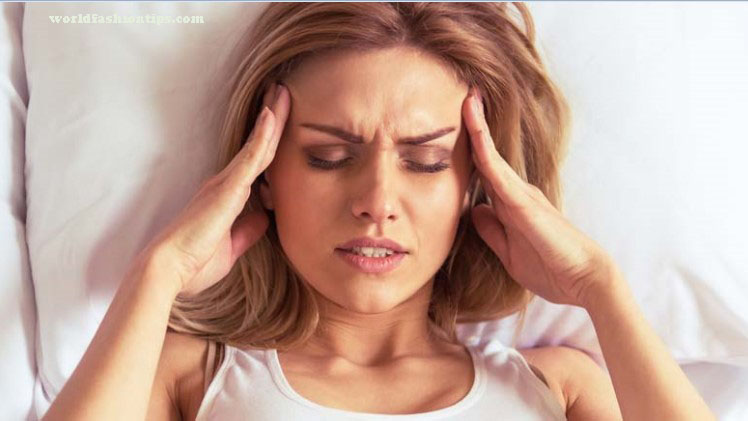
Introduction:
What causes migraine triggers? While the exact cause of migraines isn’t fully understood, there are several factors that can increase your risk of experiencing them, including stress, sleep disturbances, menstrual periods, certain foods, and weather changes. Understanding these migraine triggers can help you prevent them in the future so you can reduce the frequency of your headaches or migraines and feel more relaxed overall. This guide will show you how to identify your headache or migraine triggers so you can stop them before they start.
Who Gets Headaches?
Just about everyone gets headaches. In fact, 9 out of 10 adults have had a headache in the past year. While most are infrequent and mild, some can be severe and debilitating. migraines are the 3rd most common disease in the world with an estimated 1 billion sufferers worldwide.
Tension headaches typically cause pain on both sides of the head, while migraines often involve pain on one side. Tension headaches tend to affect people who feel stressed and anxious while migraines typically occur when there is not enough serotonin in your brain.
The Four Main Types of headaches
Tension headaches are the most common type of headache, and are caused by muscle tension in the neck and head. Cluster headaches are characterized by a sharp pain on one side of the head and often occur in clusters (hence the name). Sinus headaches are caused by inflammation of the sinuses and are often accompanied by a fever. Migraines are more difficult to diagnose because they vary so much from person to person.
Many people with migraines also experience other symptoms, such as nausea, vomiting, photophobia (increased sensitivity to light), phonophobia (increased sensitivity to sound), and aura which is a series of neurological disturbances that can precede the headache phase of a migraine attack.
What Causes Migraines?
migraines can be caused by a variety of things, including stress, dehydration, hunger, changes in weather, and bright lights. However, one of the most common triggers is food. According to the migraine foods to avoid list, some of the worst offenders are aged cheeses, cured meats, MSG, alcohol, and caffeine. If you’re prone to migraines, it’s important to be aware of these triggers so you can avoid them in the future.
For example, if you find that you often get migraines after eating an entire pizza with anchovies, then from now on you’ll know not to order anchovies on your pizza. The same principle applies to other trigger foods: just don’t eat those trigger foods and your headache will be less likely to come back!
Finding your headache triggers
A migraine is more than a headache. It’s a complex condition that can cause throbbing, pulsing pain, as well as nausea, vomiting, and extreme sensitivity to light and sound. If you experience migraines, you know how debilitating they can be. And while there’s no cure for migraines, there are things you can do to help prevent them—namely, identifying your triggers. According to the Mayo Clinic, Identifying possible triggers is important because it may lead to ways of avoiding these factors. Knowing what sets off an attack will allow you to stop it before it even starts.
Avoiding Triggers
Many people suffer from migraine triggers that can bring on an attack. These triggers can be anything from food to stress. By keeping migraine food to avoid list, you can help prevent future attacks. Foods that are common triggers include aged cheeses, chocolate, caffeine, red wine, and processed meats.
If you can identify your triggers and avoid them, you’ll be one step closer to migraine-free living! A good way to start is by making migraine food to avoid a list with all of the triggers that bother you. Avoiding the trigger may not completely eliminate the risk of an attack, but it will help manage the condition and lessen its severity when it does happen.
Conclusion:
Triggers are real for everyone, but we all have different triggers that set off our headaches. You might make a list of your top three or four triggers and place them in an area where you can see them every day, so they’re fresh
in your mind. Keep this reminder with you to avoid the specific trigger whenever possible and be sure to carry it with you when you travel. It will help prevent any migraine or headache breakdowns. The most important thing is
to get a proper diagnosis. Once you have that, most of the avoidance issues sort themselves out.




